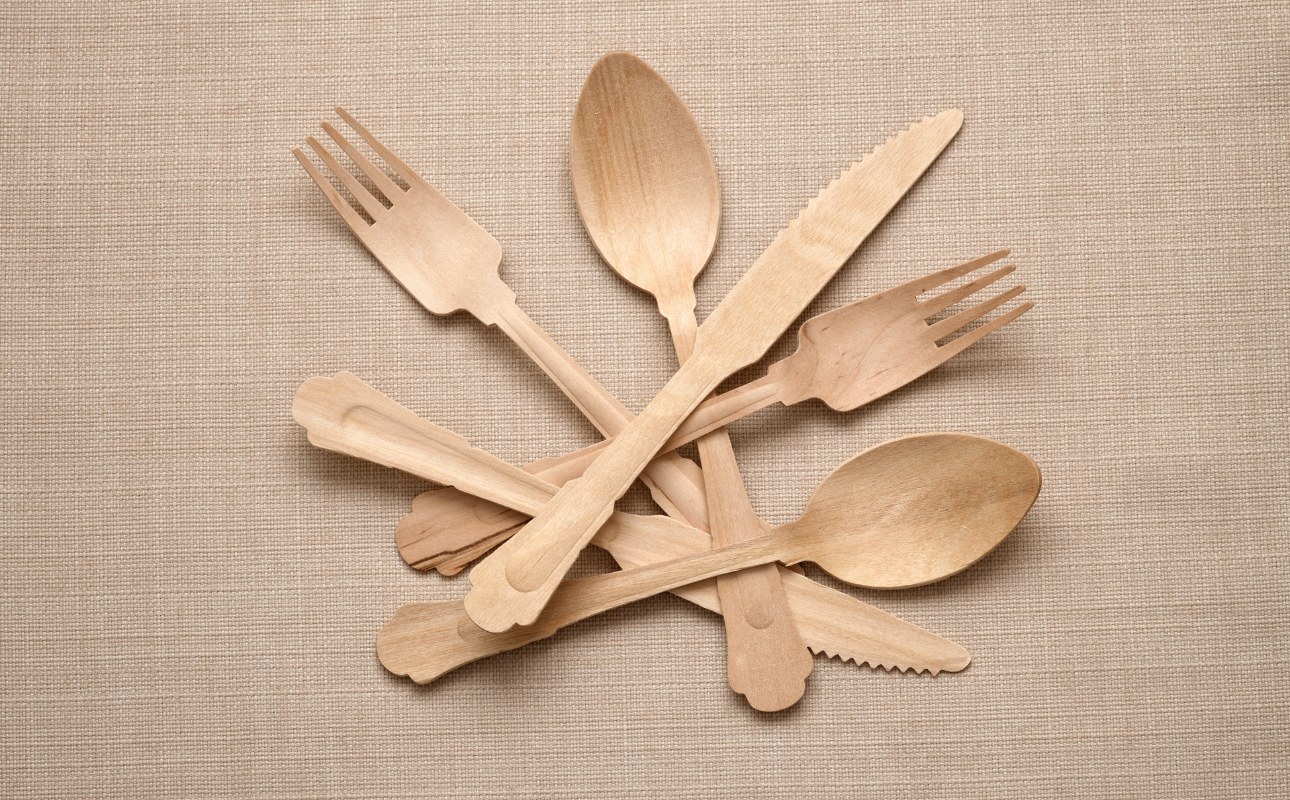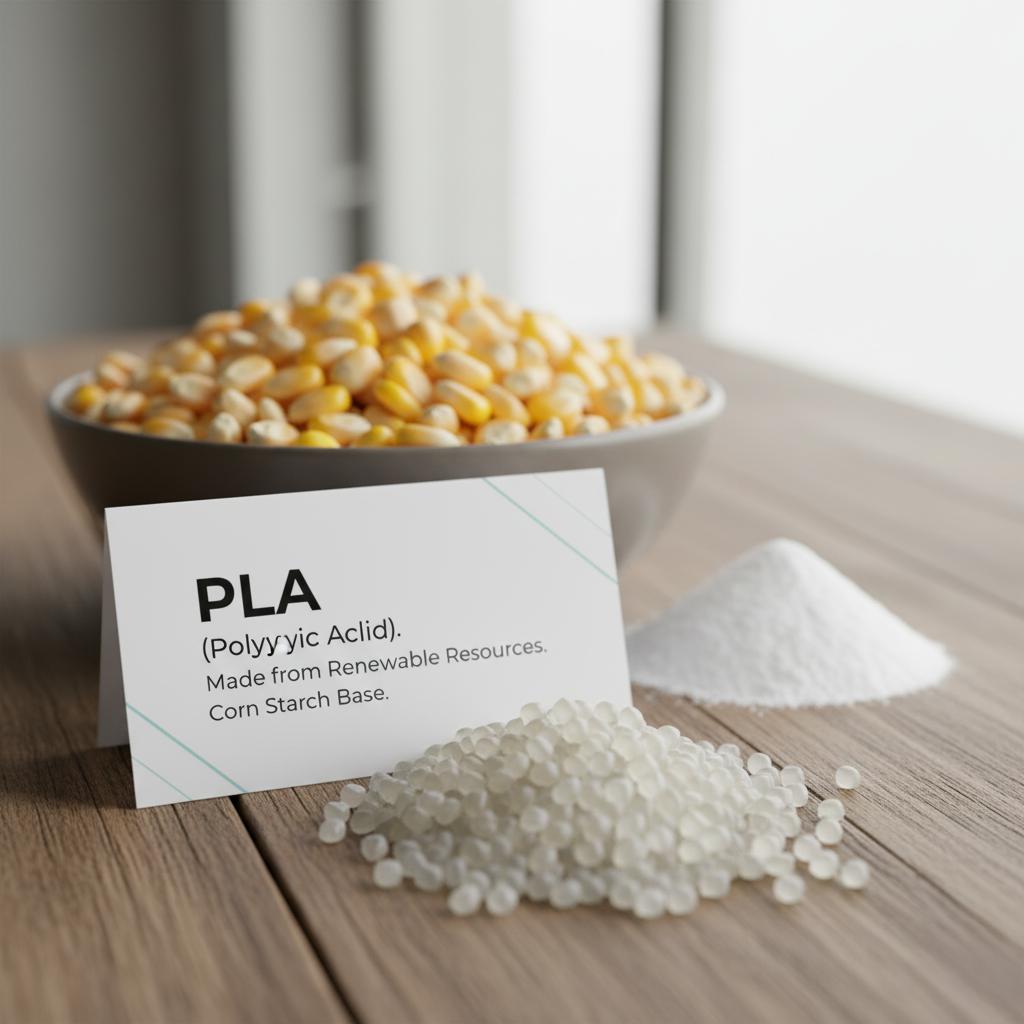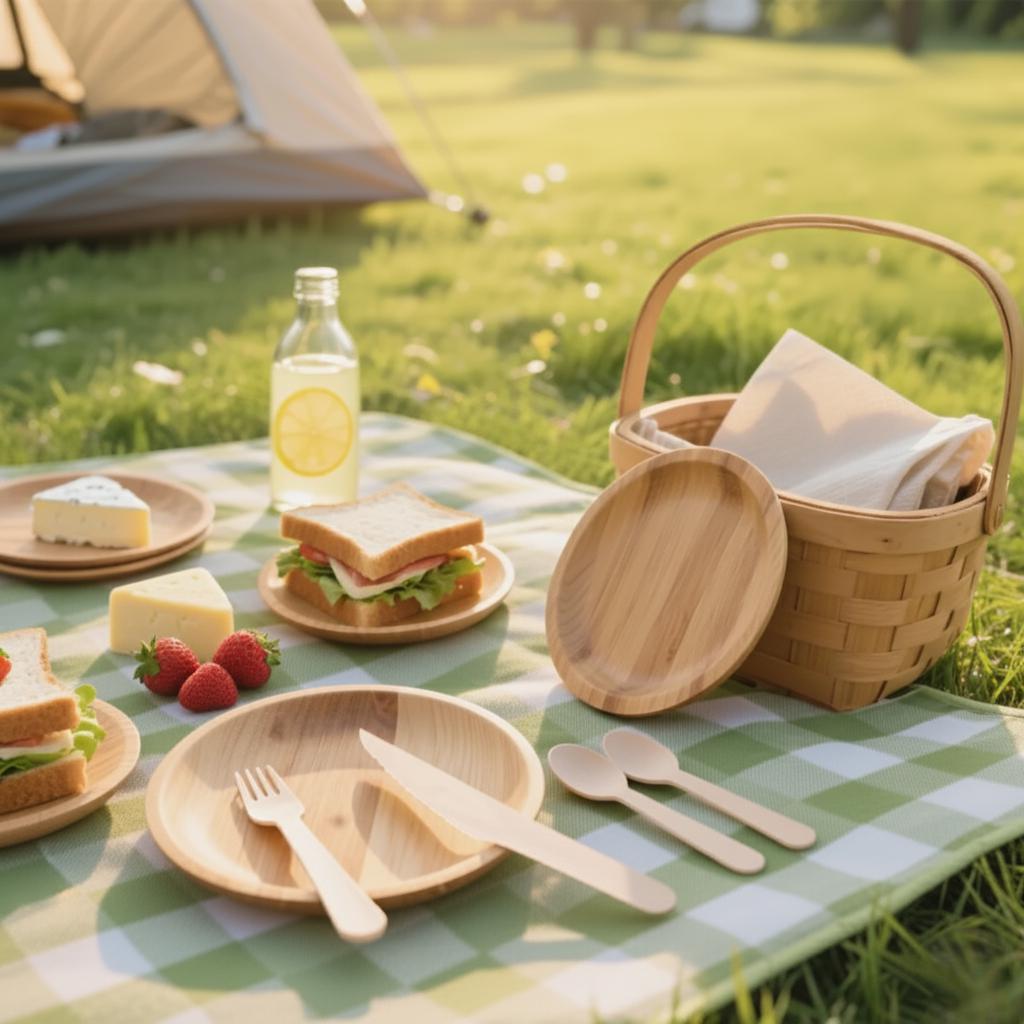The Green Wave in the Food & Beverage Industry
With over 70% of consumers globally stating they are willing to pay more for sustainable packaging, sustainability is no longer a niche topic but a mainstream force driving business transformation worldwide. This is especially true in the food, beverage, and takeout industries, where consumer expectations for environmental responsibility are at an all-time high.
Customers care not only about the taste and quality of their food but also about whether the packaging it comes in is eco-friendly. Simultaneously, tightening "plastic bans" and environmental regulations from governments globally are compelling food businesses to re-evaluate every aspect of their operations, with disposable tableware and takeout packaging at the core. From burger boxes to coffee cups, salad bowls to cutlery, choosing the right eco-friendly tableware is no longer just about social responsibility; it has become a critical business decision for enhancing brand image, attracting loyal customers, and achieving sustainable growth.
However, faced with a dazzling array of "eco-friendly," "biodegradable," and "compostable" products on the market, many business owners are left feeling confused: Sugarcane bagasse, PLA, kraft paper, bamboo fiber... what are the real differences between these materials? Which one is the best fit for my business? This guide will provide an in-depth analysis to help you make the most informed choice.
Decoding the Core Eco-Friendly Materials
To make the right choice, you must first understand the properties, advantages, and limitations of the most common eco-friendly materials available.
1. Sugarcane Bagasse - The All-Rounder
Sugarcane bagasse is the fibrous waste left over after sugarcane stalks are crushed to extract their juice. Through advanced technology, this agricultural byproduct, which was once discarded, is molded into sturdy and reliable tableware.
- Hot & Cold Resistant: Withstands temperatures from -20°C to 120°C, safe for microwave and freezer use, making it ideal for various food temperatures.
- Water & Oil Proof: Natural fiber structure provides excellent resistance to water and oil without the need for plastic linings, suitable for saucy or greasy foods.
- 100% Biodegradable & Compostable: Decomposes into water, carbon dioxide, and organic matter within 90 days in commercial composting facilities.
- Resource Utilization: Transforms agricultural waste into a valuable resource, aligning with circular economy principles.
Best For:
- Burger boxes, fried chicken containers
- Clamshells, takeout containers
- Plates and bowls
- Salad bowls
2. Bamboo Fiber - The Rapidly Renewable Emerging Force
Bamboo is one of the fastest-growing plants in the world, making it a highly sustainable raw material. Bamboo fiber tableware is typically durable and possesses a natural aesthetic.

Key Advantages:
Rapidly Renewable: Bamboo can grow quickly without needing to be replanted, and its harvesting has a low environmental impact.
Strong and Durable: Bamboo cutlery (especially knives, forks, and spoons) is stronger than many plastic alternatives.
Naturally Antibacterial: Bamboo contains a natural antibacterial agent known as "bamboo kun."
Best For:
- Disposable cutlery
- Coffee cups, stir sticks
- Reusable plates and bowls (note the difference from single-use)
3. PLA (Polylactic Acid) - The Eco-Friendly Alternative for Transparent Packaging
PLA is a bioplastic derived from the fermentation of renewable resources like corn starch and cassava. In appearance, it is very similar to traditional PET plastic with high clarity, but its nature is entirely different.

Key Advantages:
- High Transparency: Perfectly displays the vibrant colors of salads, fruits, desserts, and cold drinks, enhancing product appeal.
- Renewable Source: Derived from plants, not fossil fuels, reducing dependence on petroleum.
- Food Safe: Contains no harmful chemicals and is recognized as a food-safe material.
Limitations:
- Not Heat-Resistant: PLA has a low melting point and typically begins to soften around 50°C (122°F), so it must not be used for hot foods or in the microwave.
- Requires Industrial Composting: PLA needs the specific high-temperature, high-humidity conditions of an industrial composting facility to break down effectively. Its decomposition is very slow in natural environments or home compost bins.
- Pro Tip: Using PLA products for hot beverages or microwave heating is a common mistake that leads to customer complaints. Ensure your staff is clearly trained on this.
Best For:
- Cold drink cups, smoothie cups
- Clear salad bowls and lids
- Dessert and yogurt cups
- Deli containers
4. Kraft Paper - The Classic and Reliable Choice
Kraft paper is made from wood pulp and is popular for its high strength and natural brown appearance. It is a classic eco-friendly material that is both renewable and recyclable.
Key Advantages:
- Highly Recyclable: Kraft paper is one of the most easily processed materials in global recycling systems.
- Customizable: It is perfect for printing brand logos and designs, making it an excellent vehicle for building brand identity.
- Lightweight yet Sturdy: Easy to transport and store while providing adequate protection for food.
Points to Note:
- Coating Issues: To be water and oil-proof, many kraft paper containers have an inner lining of PE (polyethylene) or PLA. A PE lining makes it difficult to recycle, whereas a PLA lining is more eco-friendly but costs more. Always confirm the lining material when choosing.
Best For:
- Coffee cups, hot drink cups (typically with a PLA lining)
- Soup bowls, noodle buckets
- French fry boxes, sandwich wraps
- Takeout bags
How to Choose the Right Tableware for Your Business

Understanding the materials is the first step. The crucial part is matching this knowledge with your specific business needs.
1. Crafting a Superior Brand Experience for Your Cafe & Beverage Shop
- Core Needs: Beverage cups (hot and cold), pastry packaging.
- Recommended Solution:
- Hot Drinks: Double-walled kraft paper cups with a PLA lining. The double-wall design provides insulation, and the PLA lining ensures it's eco-friendly. Pair with bagasse lids or CPLA (crystallized polylactic acid, heat-resistant) lids.
- Cold Drinks: PLA clear cups are the best choice, as they visually showcase the appealing layers of iced coffees and fruit teas.
- Pastries: Kraft paper boxes or small paper bags, with or without a clear window (window material is typically PLA) as needed.
2. For Fast-Food & Casual Dining
- Core Needs: Burger boxes, food containers, fry cartons, drink cups, cutlery.
- Recommended Solution:
- Main Dishes: Sugarcane bagasse burger boxes and clamshell containers. They are sturdy, grease-resistant, and microwavable, making it convenient for customers to reheat food.
- Side Dishes: Kraft paper fry cartons or small snack bags.
- Salads: For pre-packaged salads, choose PLA clear bowls. For salads made to order, bagasse bowls are a better option due to their sturdiness.
- Cutlery: Bamboo or CPLA cutlery, which offers better strength and a superior user experience compared to regular plastic.
3. For Restaurants Serving Soups, Noodles, or Saucy Dishes
- Core Needs: Excellent leak-proof performance.
- Recommended Solution:
- Soup Bowls: Heavy-duty kraft paper soup bowls with a PLA lining and a tight-fitting lid. Choose lids with vents to prevent steam build-up.
- Saucy Dishes: Sugarcane bagasse containers are an ideal choice. Their single-molded design reduces the risk of leaks, and the material itself holds sauces well.
Beyond the Material: What Else Should You Consider?
1. Certifications & Compliance
Ensure your supplier can provide relevant food safety and environmental certifications, such as FDA,the certification for food contact material safety from the U.S. Food and Drug Administration.
2. Supply Chain Reliability
A reliable supplier is crucial. TogoTableware is committed to providing a stable, high-quality supply of eco-friendly tableware to ensure your business operations run smoothly. We understand the food industry's demand for timely delivery and have built an efficient logistics network to meet your expectations.
3. Branding & Customization
Takeout packaging is a mobile billboard. Printing your brand logo on kraft paper cups or bagasse containers can significantly enhance brand recognition. Discuss custom printing options with your supplier to turn your packaging into a powerful communication tool with your customers.
Sustainability is an Investment, Not a Cost
In today's competitive market, transitioning to eco-friendly disposable tableware is no longer an extra expense but a strategic investment in your brand's future, customer loyalty, and the health of our planet. By understanding the characteristics of different materials and aligning them with the unique needs of your business, you can select the perfect solution that fulfills functional requirements, highlights your brand values, and protects our shared home. This will not only help you comply with regulations and meet market trends but also establish your brand as a responsible, forward-thinking, and outstanding choice in the minds of consumers.
Ready to embark on your sustainability journey? Visit TogoTableware.com today to browse our comprehensive range of eco-friendly packaging solutions, or contact us for a complimentary, personalized packaging consultation, and let us tailor the perfect procurement plan for your business.

